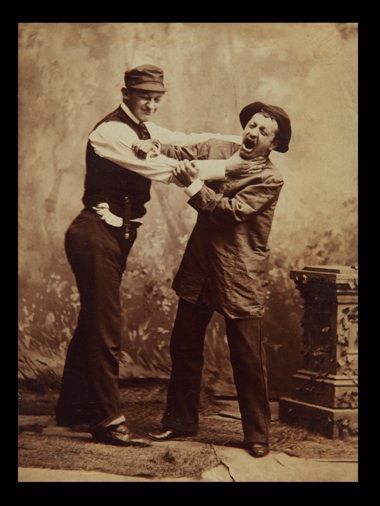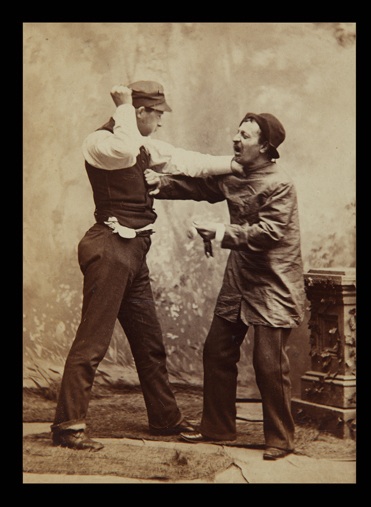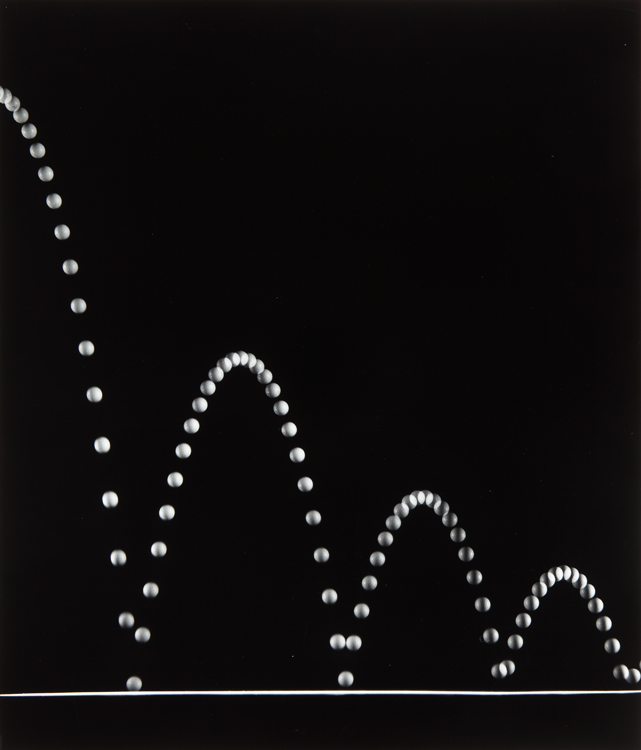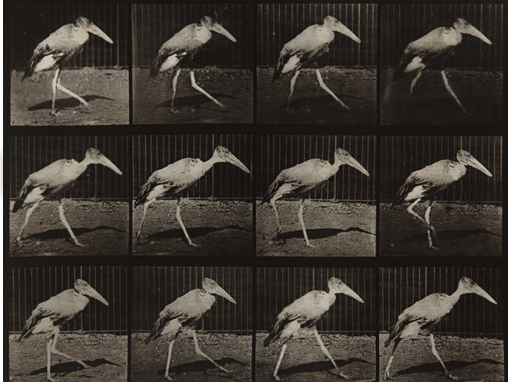
Individual photographs are powerful but open-ended messages. The photograph gives us a single moment, ripped from the relentless march of time and stripped of its narrative context. Without the before and after, this moment is re-staged as a timeless icon: no past, no future, only an eternal present. Throughout the history of photography, photographers have sought to overcome the limitations of the single photographic image by embedding it within series of sequential photographs. These sequences return the single image to a visible timeline and attempt to fix its meaning within the context of others.
This September, NOMA will present an exhibition that will examine the ways in which meaning, narrative, and time intersect in photographic sequences from the nineteenth century to the present. Professional photographers, clever amateurs, and artists alike have produced photographic sequences to address issues from the mundane to the profound. Some explore the principles of physics, capturing movements too quick for the human eye, while others were conceived of as works of art. Some are humorous examples of “trick” photography; others are serious meditations on life and death. In these works, time can be measured in fractions of a second or decades, and it can be created fictionally, for example spending an hour to fake a split second fight scene in a portrait studio or recorded factually, as in Eadweard Muybridge’s famous motion studies of animals and people.
In all of these examples, what is not shown is just as important as what is: the empty space between each picture becomes a threshold for thought as our minds naturally seek to fill in the void, blending these discrete moments into a seamless continuum of space and time. This exhibition will consider the concept of sequential photography broadly, including multiple exposure images (sequential images made on the same negative), the role of sequencing in picture book production, and sequences that were conceived as such from the very beginning, as well as those that were gathered together after the fact.
The constant assembling and re-shuffling of images has become an organizing principle in our lives, with image sequences that reach us with greater speed and frequency dictating the tenor and flow of the stories we tell. The works in this exhibition mirror this fragmented and multi-faceted nature of our increasingly visual culture. At the same time, they demonstrate that sequencing, fragmentation, and the manipulation of time have been central to photography from its origins to the present.

Exhibit 3 (Photography, Sequence, & Time)

Exhibit 4 (Photography, Sequence, & Time)

Exhibit 1 (Photography, Sequence, & Time)

